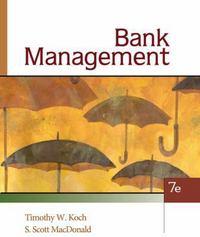
1. Consider the Market for Lemons model which we solved in lecture. Recall that we assumed that all cars were worth 50% more to buyers than they were to sellers, so that a car worth q to a seller was worth %q to a buyer. The result was that the optimal ofer price for buyers was p3 = 0 ; meaning that no cars were sold. In this question, consider an alternative version of the model in which we suppose instead that a car worth q to a seller is worth 3q to a buyer (i.e. all cars are worth three times more to buyers than to sellers). Assume everything else in the model is exactly the same as in lecture. (a) If we know that the seller is willing to sell her car for a price of p13 ; what is the expected value of q; the quality of the car'iI (b) If we know that the seller is willing to sell her car for a price of p13 ; what is the expected value of how much the car will be worth to the buyer? (c) What is the expected payo/ for a buyer who o/ers a price of pa for a car and has the seller accept this oler? (d) What is the optimal oler price for the buyer? (e) Given your answer to part (1, what fraction of cars will be sold in the market? Is this outcome e cient'? 2. There is a rm (F) conducting interviews for one kind of job. Potential workers (W) have either high (H) (each with probability 1:3) or low (L) (each with probability 2:3) skill levels. A workeris skill level is private information to the worker and not observable by the rm. The productivity of high-skill workers is 20 and the productivity of low-skill workers is 10. The wage paid to all hired workers is 15. Before the interview, workers must choose whether to wear a suit (S) or pajamas (P) to the interview. The cost of wearing a suit is 5, while wearing pajamas is costless. No additional information is transferred during the interview other than what the worker is wearing. After the interview, the rrn must decide whether to o'er the worker a job (J) the worker or not (N). The payo/ for the \"rm is the productivity of the hired worker minus the wage (or simply zero if it does not hire the worker). The payo/ for the worker is the wage received (if hired) minus the cost of a suit (if bought). (a) Write down this game in the extensive form, modeling it as a game played by the rm and one potential worker. Be sure to label all nodes, branches and information sets with the appropriate player names, strategies and payo/s. Please use the same notation style we used in lecture








